The best AI tools for business to try today
Explore our curated list of top AI tools for business, showcasing how generative AI is transforming workflows across industries—from design to data analysis—offering accessible, powerful solutions to enhance productivity and creativity.

Our selection of top AI tools for business highlights the remarkable progress generative AI has made, moving from a novel concept to an essential technology now embedded in countless professional workflows.
From creative applications like image generation in Midjourney to programming assistance with GitHub Copilot, professionals across diverse industries can now leverage AI tools to enhance their productivity and streamline tasks.
The use cases for generative AI are growing daily. With each update, these platforms open up new possibilities, offering tools that integrate seamlessly into everyday operations. Here, we’ve rounded up 12 impressive AI tools ready to elevate your business operations today.
The best AI tools for business
1. Adobe Firefly

If any company should be concerned about the rise of computer-generated images, it is Adobe. However, rather than fighting the tide, they have integrated it directly into the creative suite that businesses have relied on for decades.
Firefly is the result of that pivot, a generative AI engine that lets users create brand-new images or edit existing files based on text prompts. Crucially for businesses, Adobe trained Firefly on its own stock library, meaning the output is "commercially safe" and free from the copyright grey areas that plague other AI image generators.
The tool’s big break came when Adobe bundled it into Photoshop as "Generative Fill." To test it, we took a sample image of a runner and asked Photoshop to expand the canvas and fill the space with "a pond with waterlilies." In seconds, the tool extended the image naturally, matching lighting and reflections. While it isn't always perfect on the first try, it significantly reduces the technical skill required to generate complex assets.
2. ChatGPT Plus

Just when we thought the AI wars were settling, OpenAI released GPT-5.1 (November 2025), once again shifting the goalposts. For business users, the £16/$20 monthly subscription is now non-negotiable.
Sign up today and you will receive a free copy of our Future Focus 2025 report - the leading guidance on AI, cybersecurity and other IT challenges as per 700+ senior executives
The headline feature of 5.1 is the split between "Instant" and "Thinking" modes.
Instant Mode is designed for the fast-paced business world. It is warmer, more conversational, and incredibly quick at drafting emails or summarizing meetings.
Thinking Mode replaces the experimental "o1" models. It pauses to "reason" through complex problems, such as analysing a Q3 financial forecast or debugging a thousand lines of Python code, before answering.
Perhaps most useful for corporate branding is the new Personality Presets. You no longer need to prompt the AI to "act professional." You can simply toggle ChatGPT to "Professional," "Concise," or "Candid" mode, ensuring every output matches your company's tone of voice automatically.
3. Perplexity

Perplexity AI is an innovative search tool that combines natural language processing with traditional search functionality to provide users with more intuitive, conversational answers. Unlike conventional search engines that primarily deliver links to websites, Perplexity AI responds directly to user queries with succinct, relevant answers, often citing multiple sources for added credibility. This tool is particularly valuable for businesses and professionals who require quick insights without the need to sift through multiple web pages.
The AI behind Perplexity operates similarly to chat-based AI models, allowing users to ask complex questions in everyday language. For example, a user might ask, “What are the latest trends in digital marketing?” or “How does machine learning improve cybersecurity?” Perplexity AI then parses these inquiries and generates clear, concise answers. The responses are typically followed by links to the original sources, enabling users to delve deeper if they wish. This format saves time by offering direct answers first, with source material readily available for further reading.
Perplexity AI’s primary strength lies in its capacity to provide context and nuance, making it a great asset for research and knowledge acquisition in fast-paced fields. With its ability to interpret and respond to a broad array of topics, Perplexity AI is useful for professionals in marketing, finance, technology, and other information-driven industries. Its simplicity makes it accessible to users of all experience levels, eliminating the need for advanced search skills.
Additionally, Perplexity AI’s commitment to transparency is noteworthy. Each response includes a list of cited sources, helping to maintain accuracy and allowing users to verify information easily. As AI-driven tools like Perplexity evolve, they’re poised to revolutionize how we access and interact with information, transforming search from a list of results into a more insightful and user-friendly experience.
4. Altered Studio
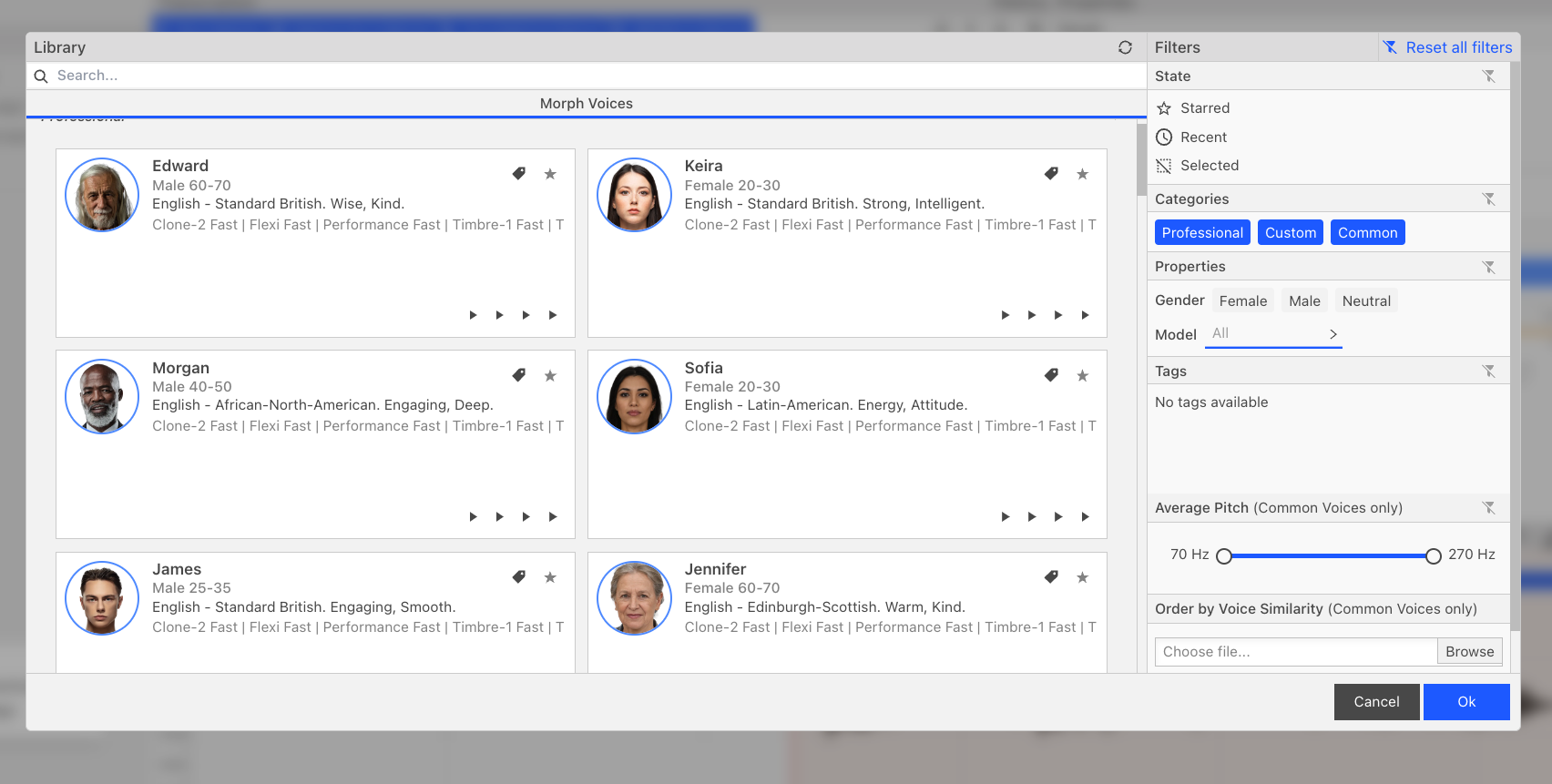
Ever wondered what your voice would sound like if you were a warm, kind, mid-sixties woman from Scotland called Jennifer?
Altered Studio uses AI to transform your speech into a completely different voice. Say, for example, you wanted a 20-something woman to voice your new YouTube ad – but didn’t want the expense and hassle of booking a voice actor. You can record the audio yourself, upload it to Altered Studio, and pick from a huge bank of AI-generated voice characters.
The voices are unbelievably convincing. You’d struggle to tell them apart from real voice actors. Visit the site to listen to various samples, or take up the free trial and experiment with a limited selection available to subscribers.
There’s a huge range of potential uses for Altered Studio. It may provide a second or third podcast host for a podcast or can introduce speakers at a conference. In our tests, it worked best when you provided a voice recording – it also offers text-to-speech, but that emerged with a robotic speech pattern that clearly marked it out as AI.
5. Midjourney

Adobe Firefly is a powerful tool for editing and compositing creative assets, but Midjourney continues to dominate the field of artistic AI generation. Since Midjourney introduced its long-awaited web interface earlier this year, it has become easily accessible for professionals, removing the friction of Discord-based workflows and allowing creative teams to collaborate efficiently through a standard browser experience.
For branding agencies and concept artists, Midjourney has established itself as an unparalleled solution. The latest model, v7, demonstrates remarkable advancements in text rendering, finally allowing users to integrate correctly spelled company names and slogans directly into generated graphics. This improvement streamlines logo design and makes Midjourney much more practical for real-world branding applications.
Another standout feature is the ability to specify output dimensions, such as custom aspect ratios (like "--ar 16:9" for slide presentations), and refine results with style references, like “in the style of corporate Memphis art.” These controls give designers flexible, granular command over visual output, enabling rapid prototyping and iteration of on-brand concepts.
Midjourney operates via a subscription model with entry pricing around $10 per month, and the value proposition is significant. With the ability to generate unlimited stock-quality images, illustrations, and branded assets, marketing departments and creative teams can dramatically reduce asset acquisition costs while producing bespoke, high-impact visuals on demand.
6. GitHub Copilot

I’m a long way from being a professional coder. I know my way around HTML/CSS files and have dabbled with JavaScript and Python, but that’s as far as it goes. In some ways, that makes me the perfect candidate to test drive GitHub Copilot.
Copilot started as "autocomplete for code," but in 2025, it has evolved into a comprehensive AI pair programmer. It sits quietly in the background of your code editor (like VS Code), offering suggestions, but now features a fully integrated Chat window that understands your entire project context.
For coding novices, the workflow is seamless. Previously, you might have used an external tool to generate base code, but now you can do it all in one place. For example, I opened the Copilot Chat sidebar and asked it to "write a basic VAT calculator where you enter a price, hit a button, and it shows the price ex-VAT." It instantly generated the necessary HTML, CSS, and JavaScript files, which I could insert with a single click.
Once the files were created, I wanted to make an About page. I created an about.html file and started to type . Copilot’s "Ghost Text" immediately took over. It suggested a full section with the correct title tags and automatically linked to the existing stylesheet I had just created. It even started suggesting copy for the page, writing: “This is a simple VAT calculator. It calculates the price without VAT from the price with VAT.”
It isn't going to win prizes for prose, but the AI understood the site’s context without any prompting.
This is a basic example, but it’s capable of far more. You can highlight a broken block of code and ask Copilot, "Why isn't this working?" and it will diagnose the bug and offer a fix. You can even write comments like // create a function to validate email, and Copilot will generate the logic instantly.
It is no replacement for coding knowledge; you still need to understand the "plumbing" to know if the AI has hallucinated, but for $10 per month (or free for students), GitHub Copilot makes coding monumentally faster and less intimidating.
7. Yoodli

In a job market where many candidates share similar technical credentials, how you communicate often matters as much as what you know. Yoodli positions itself squarely in that gap as an AI communication coach designed to improve your spoken delivery for interviews, presentations, and high-stakes conversations. Instead of waiting for limited slots with a human coach, users can log in at any time, pick a scenario, and practice in a low-pressure, private environment.
For interview preparation, Yoodli can simulate a full mock interview based on the specific role you enter, asking contextual follow-up questions that force you to think on your feet rather than reciting memorized answers. You can speak live into your webcam and microphone, or upload recordings from Zoom and other video calls, and the system turns those sessions into a detailed performance report. That report breaks down pacing, filler words, sentence starters, and overall conciseness, so users can see exactly where they ramble, rush, or lose their train of thought.
Where Yoodli stands out from basic transcription tools is the coaching layer. The platform highlights specific moments where you spoke too quickly, failed to answer the question directly, or missed the chance to provide a concrete example, then suggests more effective phrasing or structure for next time. Over multiple sessions, it tracks trends in your performance, turning vague goals like “sound more confident” into measurable improvements in metrics such as pace, filler-word frequency, and clarity.
Beyond classic job interviews, Yoodli supports scenarios tailored to public speaking, sales pitches, and everyday workplace communication, such as running meetings or delivering status updates. Video-based practice can also surface non-verbal patterns such as eye contact and body language, providing a more holistic view of how you come across to an audience. This makes it a useful tool not only for job seekers but also for executives, managers, and students who want to refine their presence before stepping into a live room.
Yoodli follows a freemium model, with a no-cost tier that lets individuals try a limited number of AI “scenarios” and get a feel for the feedback engine, and paid plans that unlock unlimited practice, deeper analytics, and enhanced privacy controls. Individual subscriptions for more frequent use are typically priced in the low double-digit monthly range, with custom packages available for organizations that want centralized management, branding, and team-level reporting. For users who are serious about interview preparation or public speaking but prefer to practice on their own schedule, it offers a structured, quantifiable alternative to ad-hoc rehearsal in front of a mirror.
8. Fliki

Video is critical on social media, but not everyone can afford a team to shoot content. Fliki could potentially save you a bundle on the camera crew.
Write a video script, choose a virtual host to narrate it, select stock video/images for each scene (or upload your own), and add some background music if you want. The AI voice narration sounds a little too synthetic, although you can manually alter the pitch of words or correct mispronunciations of brands or other words. But this will surely improve over time.
Fliki offers a free plan, so you can see how you get on with the tools, before subscribing to get rid of the watermarks and increase video quality. You’ll need a $21 per month standard account to hit Full HD quality, mind.
9. Notion AI

Notion has become one of those trendy apps; it’s a OneNote for people who like to be seen.
It’s one of those all-encompassing note-takers that can be used for creating to-do lists, bashing out ideas, taking notes from meetings, and even as a public wiki for your company’s products.
It’s recently added a set of very well-implemented AI tools to the mix. As you’re writing on any page, you can simply press the space bar at the start of a new line and activate the AI tools. Here, for example, you can ask the AI to autocomplete a passage you’re writing, list ten ideas on different ways you could market a new product, or create a to-do list of items you’ll need to pack for a trip.
If you’ve used it to take meeting notes, it can pick out the action points; if you’ve written a description of a new product line, the AI can take a stab at writing the press release.
The AI responses flow into the page within a couple of seconds and it’s easy to edit out any daft suggestions. “Adapter for electrical outlets” for my holiday to Crete? Don’t be daft, everyone knows you buy them afresh at the airport every time you fly abroad at vastly inflated prices.
Notion provides an AI add-on at $10 per member per month, with a 20% discount available for annual billing. This add-on grants access to advanced AI functionalities, enhancing productivity and creativity within the platform.
10. SlidesAI
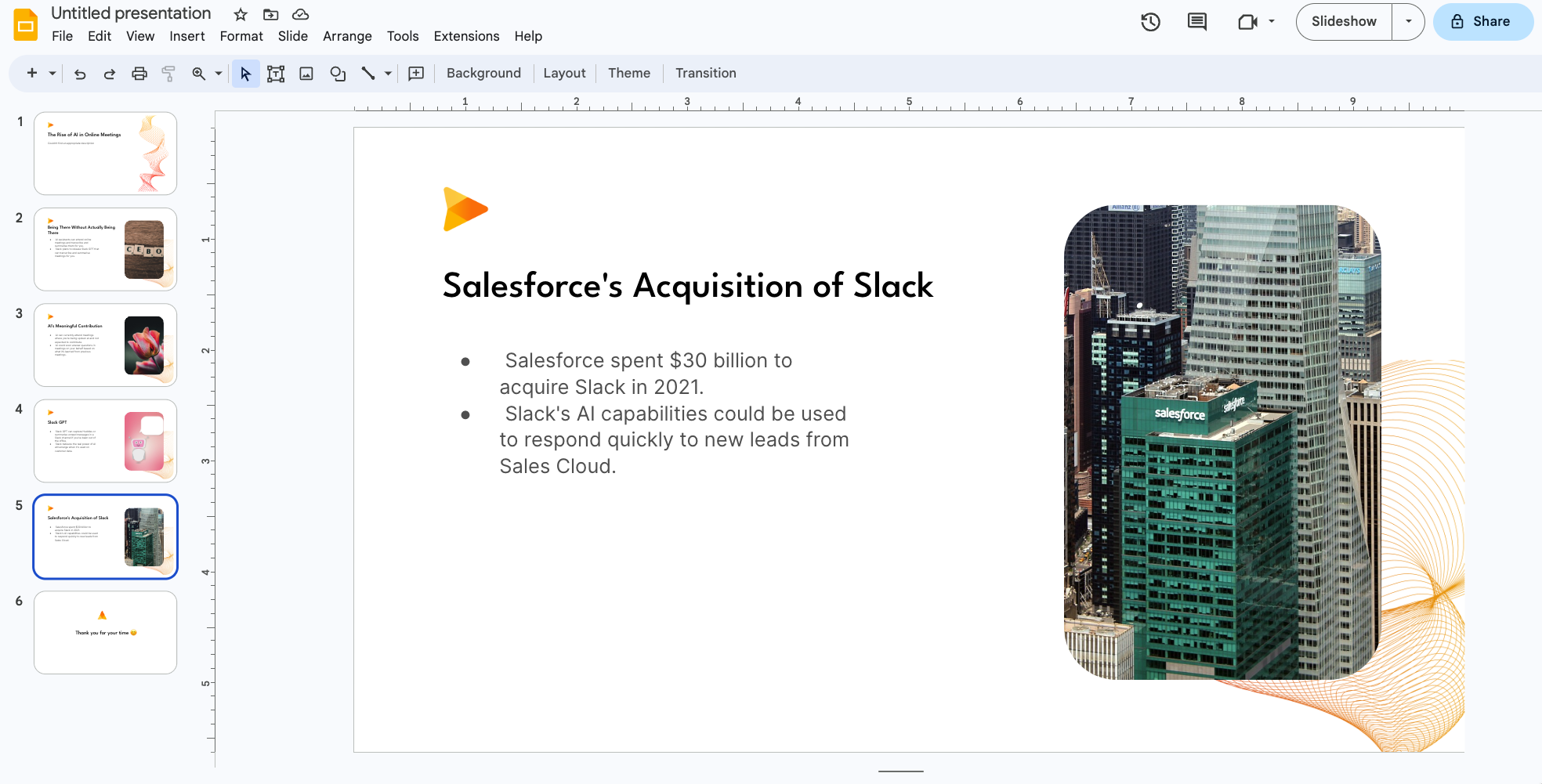
SlidesAI continues to lead rapid presentation drafting in Google Workspace, focusing on usability and fast, structured slide creation for anyone working in the Google ecosystem. The core process remains simple: install the add-on, paste a substantial text sample, such as a report or blog post, and SlidesAI instantly transforms it into a multi-slide deck with logical structure and clean formatting.
In recent releases, SlidesAI’s image selection has improved notably thanks to the new “smart-match” feature, which more reliably surfaces relevant stock imagery matched to each topic. The days of mismatched flowers on technology slides are largely gone; the tool now scrapes from a richer, context-aware image bank, resulting in more professional results and less manual tweaking.
While Microsoft users have Copilot built into Office, SlidesAI has staked its territory in Google Slides, remaining the essential choice for Google-first teams and individuals. You may still need to refine fonts or swap a few images to reflect your brand identity, but for moving from a blank screen to a first draft presentation in under 60 seconds, the speed and convenience are unmatched.
The free plan allows you to create 3 presentations per month, each supporting up to 2500 characters of input, making it generous for occasional use. Pro and Premium plans have expanded limits: Pro offers 10 presentations per month (6000 characters each) for $8–$10/month, while Premium allows unlimited presentations (up to 12,000 characters each) for $16–$20/month, with additional features such as extensive AI credits and future support for video exports and document upload. Pricing and limits are subject to change as SlidesAI continues evolving; for the latest tiers, check the official site.
11. Microsoft Copilot (Windows integration)
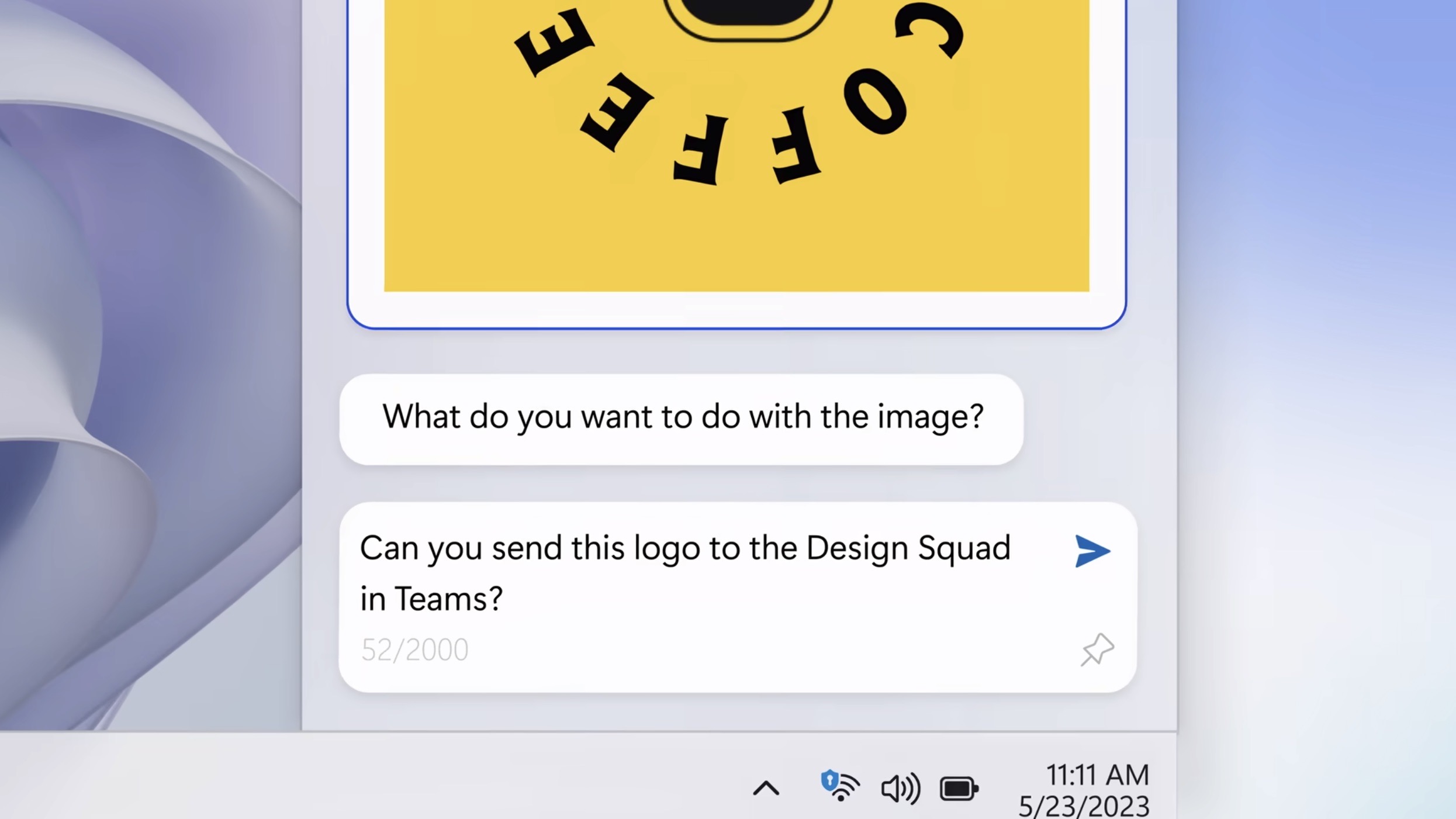
Microsoft hasn’t just bet the house on AI; they have rebuilt the foundation of Windows around it. What started as a sidebar in Windows 11 has evolved into the "Copilot+ PC" standard, where AI is baked into the hardware itself.
If you are using a modern business laptop (released late 2024 or later), you likely have a dedicated Copilot key on your keyboard. Pressing this no longer just opens a web chat; it activates an assistant that has "screen awareness." You can be looking at a complex spreadsheet or a PDF and simply ask Copilot, "Summarise this," or "Help me rewrite this email," without ever uploading the file to the cloud, thanks to the local NPU (Neural Processing Unit) handling the data for privacy.
For IT professionals and power users, the "system control" capabilities have finally matured. You no longer need to dig through the Control Panel or Settings menus. You can simply say, "Turn on 'Do Not Disturb' and connect to the conference room Bluetooth," and the OS handles it instantly.
However, the real business power unlocks when you sign in with an Entra ID (formerly Azure AD). The Windows instance of Copilot bridges the gap between your local PC and the cloud. It can search across your local files, your OneDrive, and your Teams chats simultaneously. If you ask, "Where is that quarterly report script I was working on?" it doesn't just check your desktop; it checks the files your colleague sent you in Teams three weeks ago, making it the ultimate productivity unblocker.
12. Jasper AI
While generic tools like ChatGPT are fantastic generalists, Jasper has doubled down as a specialist platform for serious marketing teams. In a world where AI content is becoming commoditised, its value lies in helping your output feel like your brand, not like generic AI.
Its standout features are Jasper IQ and Brand Voice. Instead of pasting your style guide into every new chat, you centralise tone-of-voice rules, product information, and customer personas once, then reuse that context across everything you generate. Whether you are creating a LinkedIn post, a blog article, or a press release, Jasper automatically applies those constraints to keep a consistent corporate voice across channels.
Jasper has also evolved beyond one‑off templates into multi-asset campaign generation. Give it a single brief, ‘launch our new eco‑friendly sneaker’, and it can draft a coordinated bundle of assets: a blog post, multiple social variations, a basic email sequence, and ad copy, all aligned to the same message and brand voice.
It integrates tightly with SEO tools such as Surfer SEO and with CRM and marketing platforms like HubSpot, smoothing the path from ideation to optimisation and publishing. It does sit at a higher price point than a standard ChatGPT subscription, but for marketing departments that need to ship high volumes of safe, on‑brand content without constant micromanagement, it remains a strong, defensible investment.
Barry Collins is an experienced IT journalist who specialises in Windows, Mac, broadband and more. He's a former editor of PC Pro magazine, and has contributed to many national newspapers, magazines and websites in a career that has spanned over 20 years. You may have seen Barry as a tech pundit on television and radio, including BBC Newsnight, the Chris Evans Show and ITN News at Ten.
-
 Trump's AI executive order could leave US in a 'regulatory vacuum'
Trump's AI executive order could leave US in a 'regulatory vacuum'News Citing a "patchwork of 50 different regulatory regimes" and "ideological bias", President Trump wants rules to be set at a federal level
-
 TPUs: Google's home advantage
TPUs: Google's home advantageITPro Podcast How does TPU v7 stack up against Nvidia's latest chips – and can Google scale AI using only its own supply?
-
 OpenAI turns to red teamers to prevent malicious ChatGPT use as company warns future models could pose 'high' security risk
OpenAI turns to red teamers to prevent malicious ChatGPT use as company warns future models could pose 'high' security riskNews The ChatGPT maker wants to keep defenders ahead of attackers when it comes to AI security tools
-
 Microsoft is hell-bent on making Windows an ‘agentic OS’ – forgive me if I don’t want inescapable AI features shoehorned into every part of the operating system
Microsoft is hell-bent on making Windows an ‘agentic OS’ – forgive me if I don’t want inescapable AI features shoehorned into every part of the operating systemOpinion We don’t need an ‘agentic OS’ filled with pointless features, we need an operating system that works
-
 Some of the most popular open weight AI models show ‘profound susceptibility’ to jailbreak techniques
Some of the most popular open weight AI models show ‘profound susceptibility’ to jailbreak techniquesNews Open weight AI models from Meta, OpenAI, Google, and Mistral all showed serious flaws
-
 'It's slop': OpenAI co-founder Andrej Karpathy pours cold water on agentic AI hype – so your jobs are safe, at least for now
'It's slop': OpenAI co-founder Andrej Karpathy pours cold water on agentic AI hype – so your jobs are safe, at least for nowNews Despite the hype surrounding agentic AI, OpenAI co-founder Andrej Karpathy isn't convinced and says there's still a long way to go until the tech delivers real benefits.
-
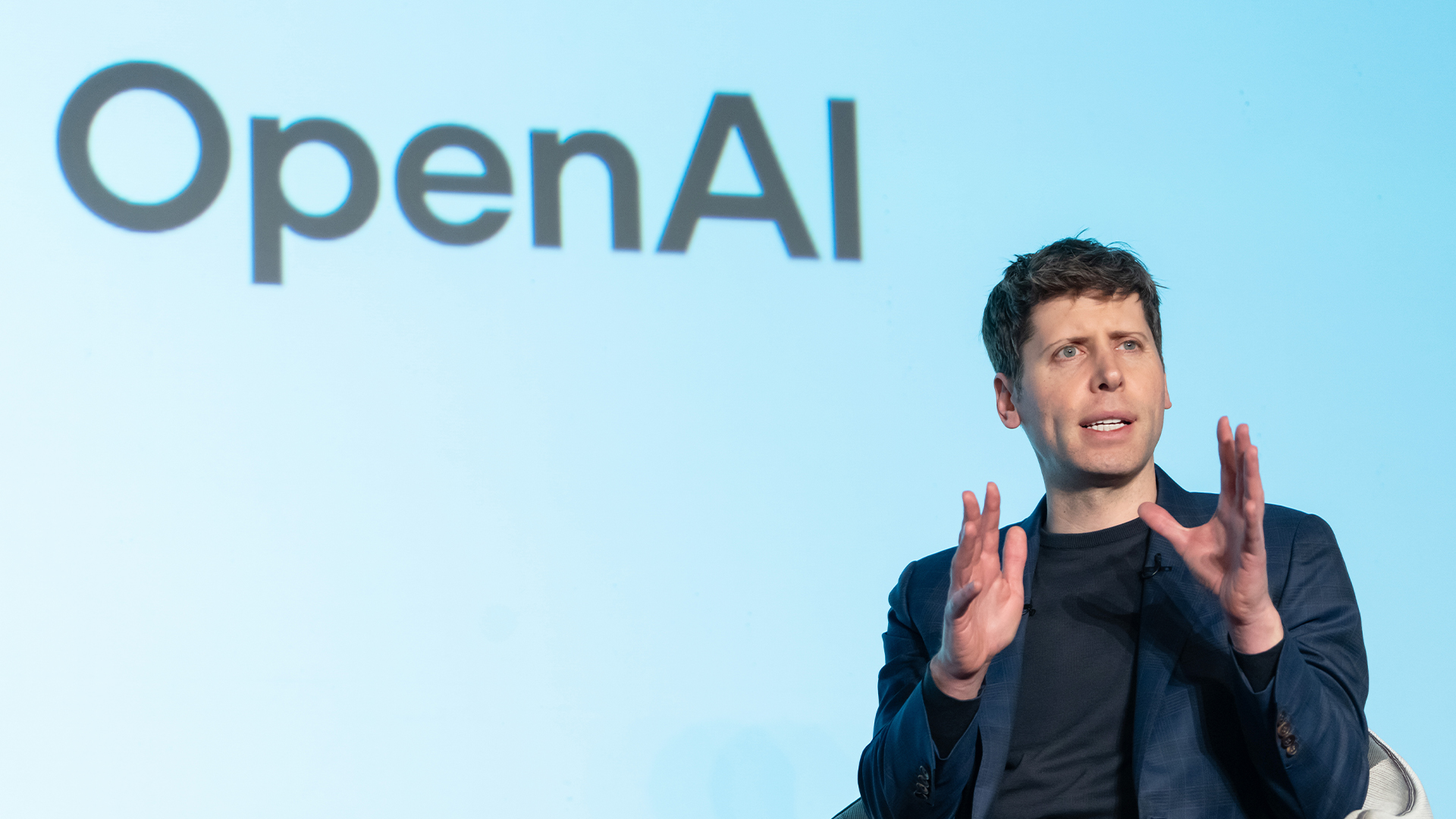 OpenAI signs another chip deal, this time with AMD
OpenAI signs another chip deal, this time with AMDnews AMD deal is worth billions, and follows a similar partnership with Nvidia last month
-
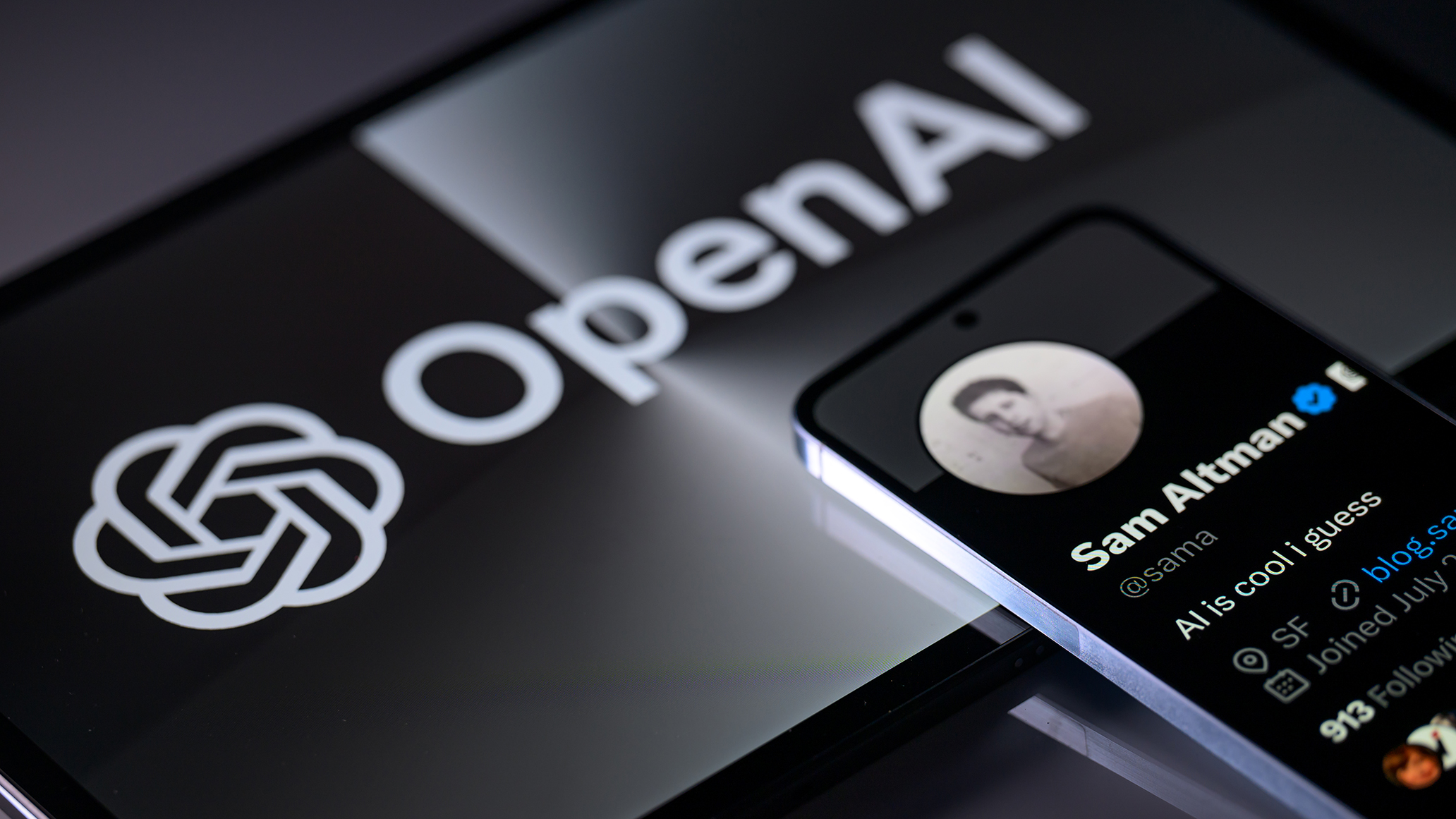 OpenAI signs series of AI data center deals with Samsung
OpenAI signs series of AI data center deals with SamsungNews As part of its Stargate initiative, the firm plans to ramp up its chip purchases and build new data centers in Korea
-
 Why Nvidia’s $100 billion deal with OpenAI is a win-win for both companies
Why Nvidia’s $100 billion deal with OpenAI is a win-win for both companiesNews OpenAI will use Nvidia chips to build massive systems to train AI
-
 OpenAI just revealed what people really use ChatGPT for – and 70% of queries have nothing to do with work
OpenAI just revealed what people really use ChatGPT for – and 70% of queries have nothing to do with workNews More than 70% of ChatGPT queries have nothing to do with work, but are personal questions or requests for help with writing.


